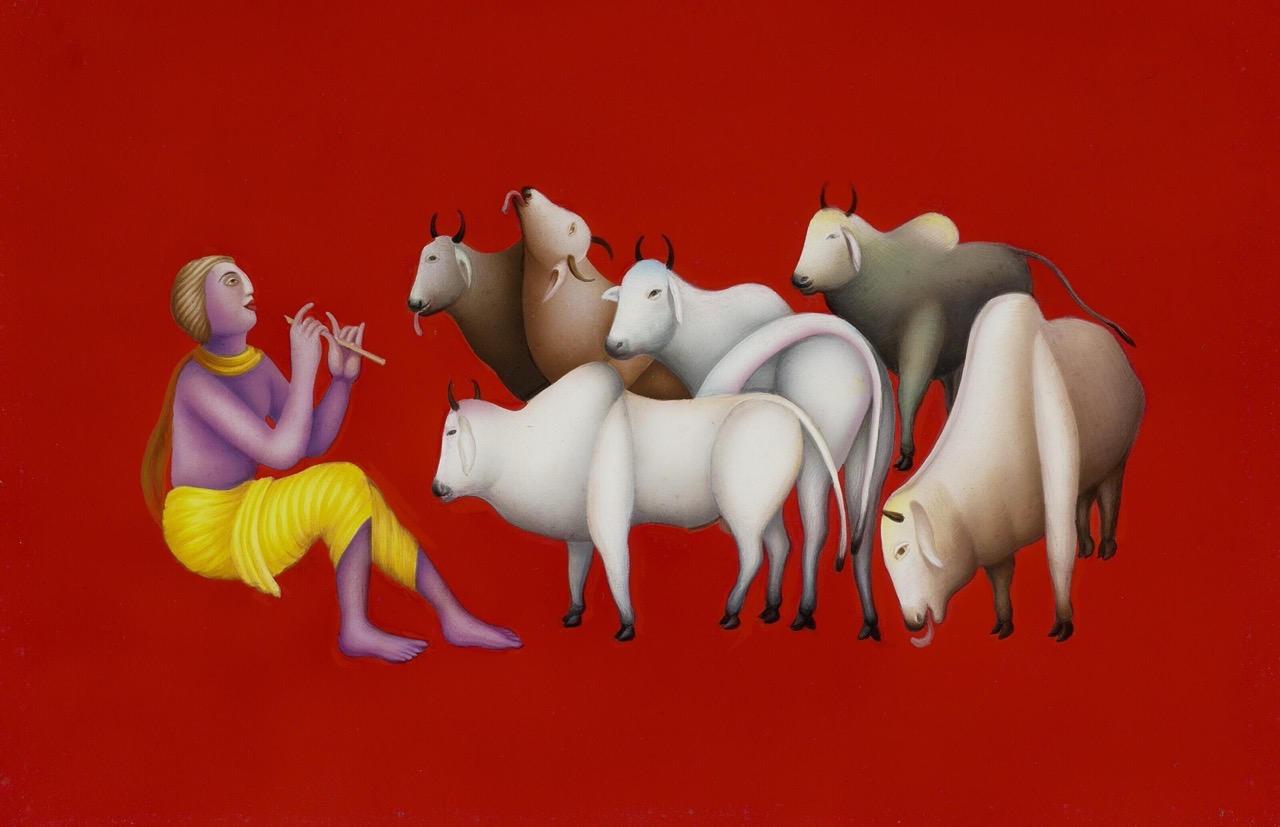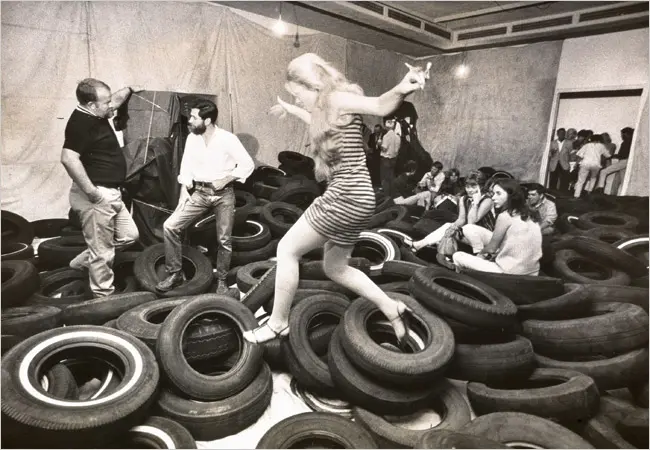You can run, you can hide, but in all likelihood the NFT buzz is going to find you wherever you go.
“What is an NFT?” “How is an NFT valued?”
“Are you investing in NFTs?”
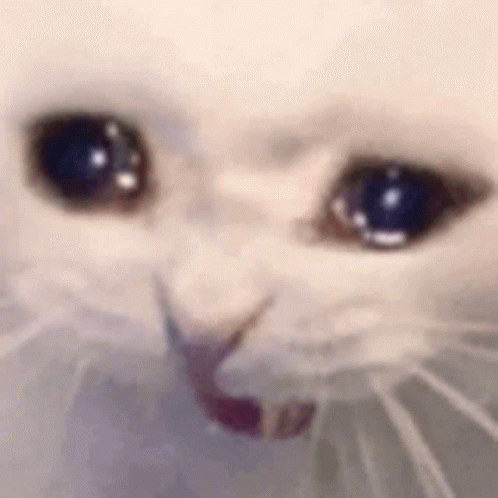
But is there really any point in taking a dip into this mildly confusing world at all? A year ago, we asked if NFTs would go down in Art History, and to this day we’re still pondering the same question. Where do we go from here?

Let’s break it down by taking a look at some of the pros and cons of NFTs:
Pro: Art is gradually being democratised
You know how it is. The gatekeeping in the art world, with only a handful of players deciding who can be deemed an “artist”, who has access to art, and so on. The great thing about NFTs is that they allow any artist the opportunity to create, distribute and monetise their work digitally without being intercepted by other channels. Artists in control of their work and their careers? We stan.
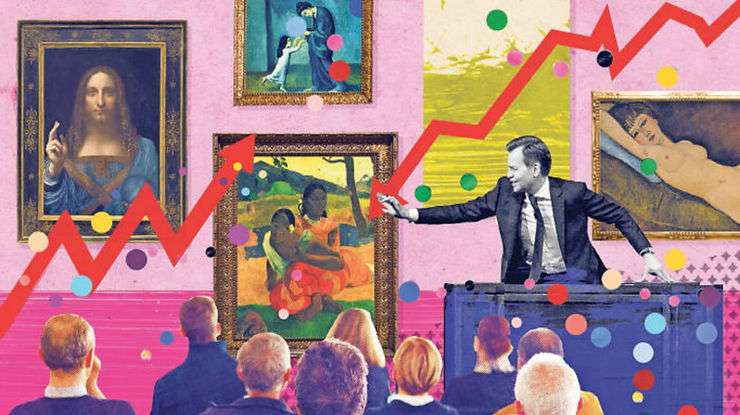
Con: Environmental impact
Did you know that Joanie Lemercier, a French artist and climate activist who was working stringently to reduce his energy use by 10 percent each year, lost all his progress with his first NFT drop? The sale was found to have consumed 8.7 megawatt-hours of energy.
NFTs marketplaces make their sales through Ethereum, which is a record of NFT and cryptocurrency transactions taking place through a process known as mining. While the carbon emissions created in the process is a topic of hot debate, it is still a highly carbon-intensive model.
Pro: An increased use of new media
We were already witnessing a rise in digital art when NFTs came along. With the NFT boom, there is more incentive for artists to experiment with newer methods and new media, and it also allows for increased accessibility through AR and VR. As the market for NFTs grows, so will its technology and scope. In addition, the NFT model also ensures that the authenticity and chain-of-ownership of an artwork is maintained without question.

Con: Plunging market volumes
The trading volumes of NFTs seemed to take a severe dip in the beginning of March, reaching its lowest levels since July 2021. The weekly market volume of NFT sales was found to be approximately 176 million, compared to the 924 million on January 31st. Additionally, a drop was also noticed in retail investors’ web searches for NFTs. While this could be cyclical and expected, it remains that the cryptocurrency market itself is highly volatile.
Pro: More representation and diversity
If NFTs are here to stay, they could smash the restrictive walls of the art world and make room for otherwise underrepresented artists and communities. Imagine the shift this would create! The worldviews and perspectives of several individuals and groups could find greater reach and significance, bypassing the conventional models of art consumption.
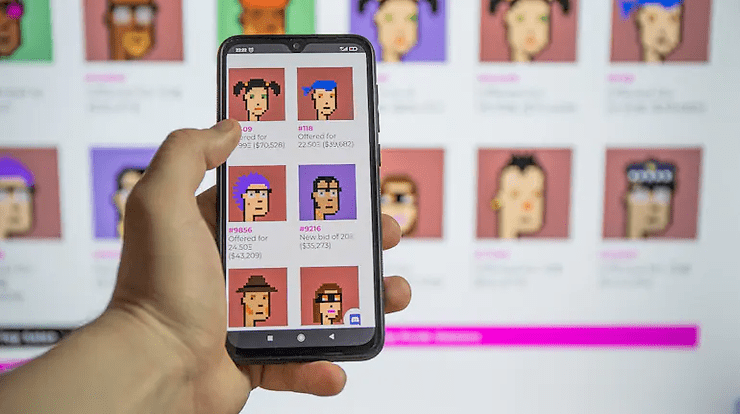
Con: Uncertain value
The experts say that even for them, NFTs can be confusing assets (phew). While you might have paid thousands of dollars for an NFT, it does not stop another individual from copy-pasting the image elsewhere. So you own the asset, but don’t have complete control over it. Is there really value in this? We do not know yet.
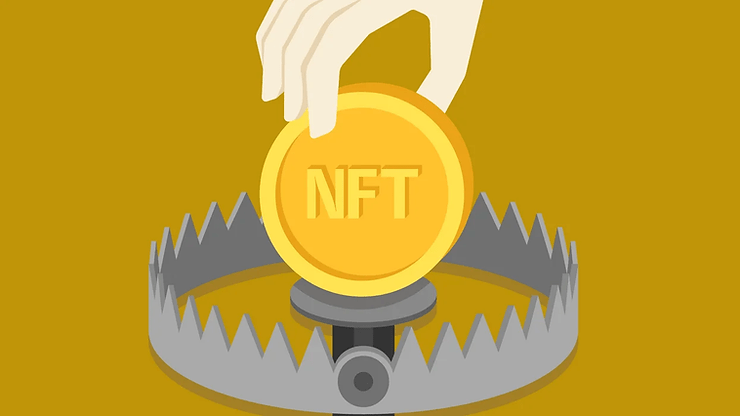
Now that we have these major pros and cons listed, we can reconsider the question–where do we go from here? Several purists argue that NFTs will never replace physical art. But let’s be real, that was never the intention to begin with. We may be on the threshold of a revolutionizing of digital art altogether, in a way that we cannot even imagine. If it is just a fad, it’s certainly doing a great job of it. Many NFT loyalists claim that the process itself is thrilling, and with our innate need to own what is authentic, NFTs could be here to stay. We leave it up to you to decide where we’re headed, but we’re certainly excited to watch how this unfolds!



